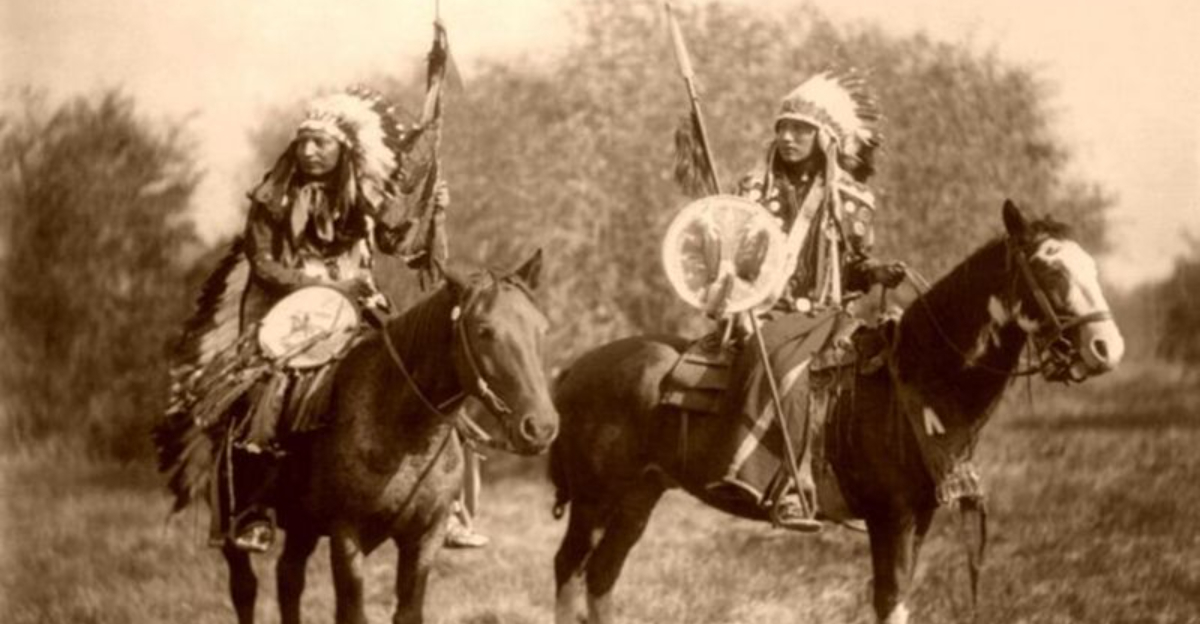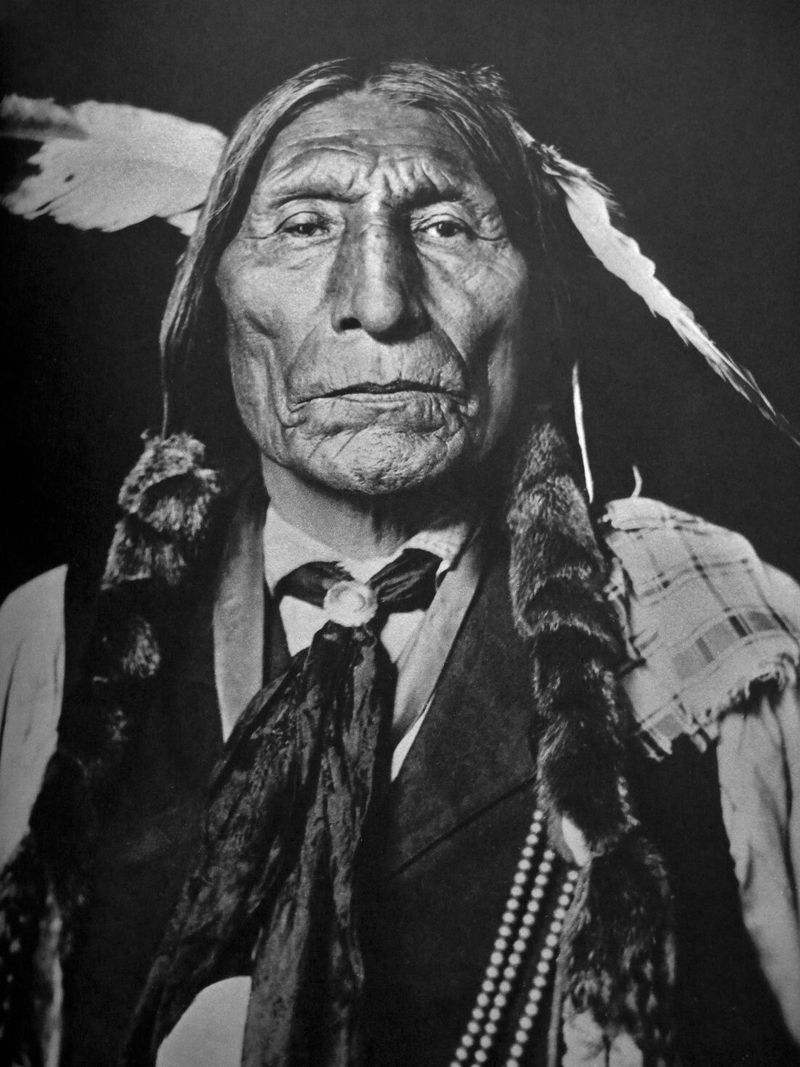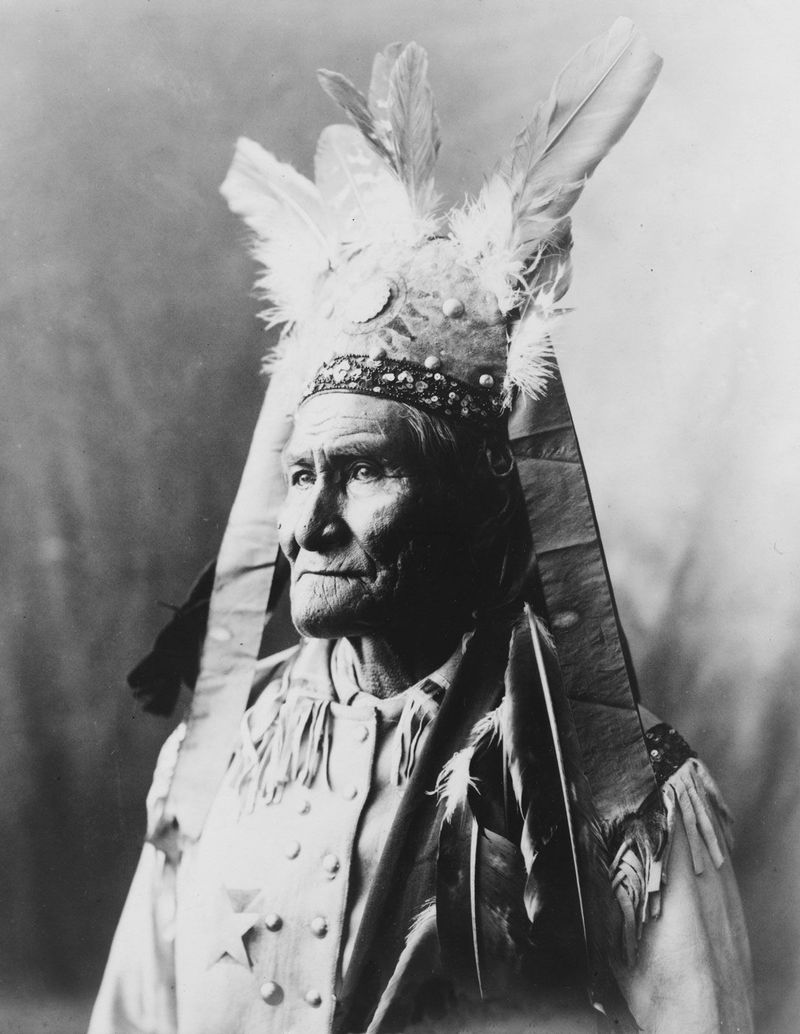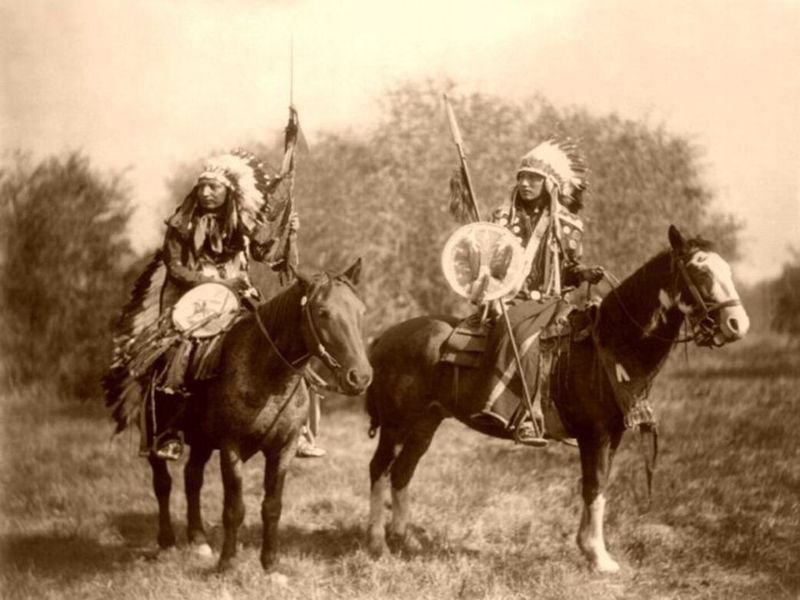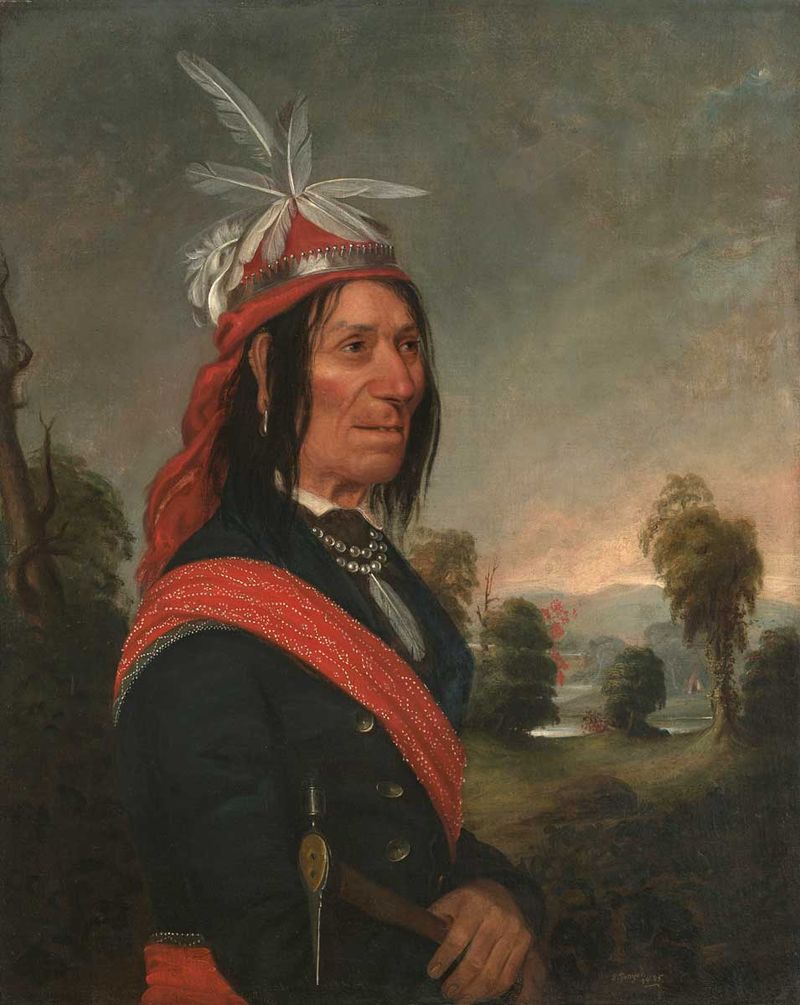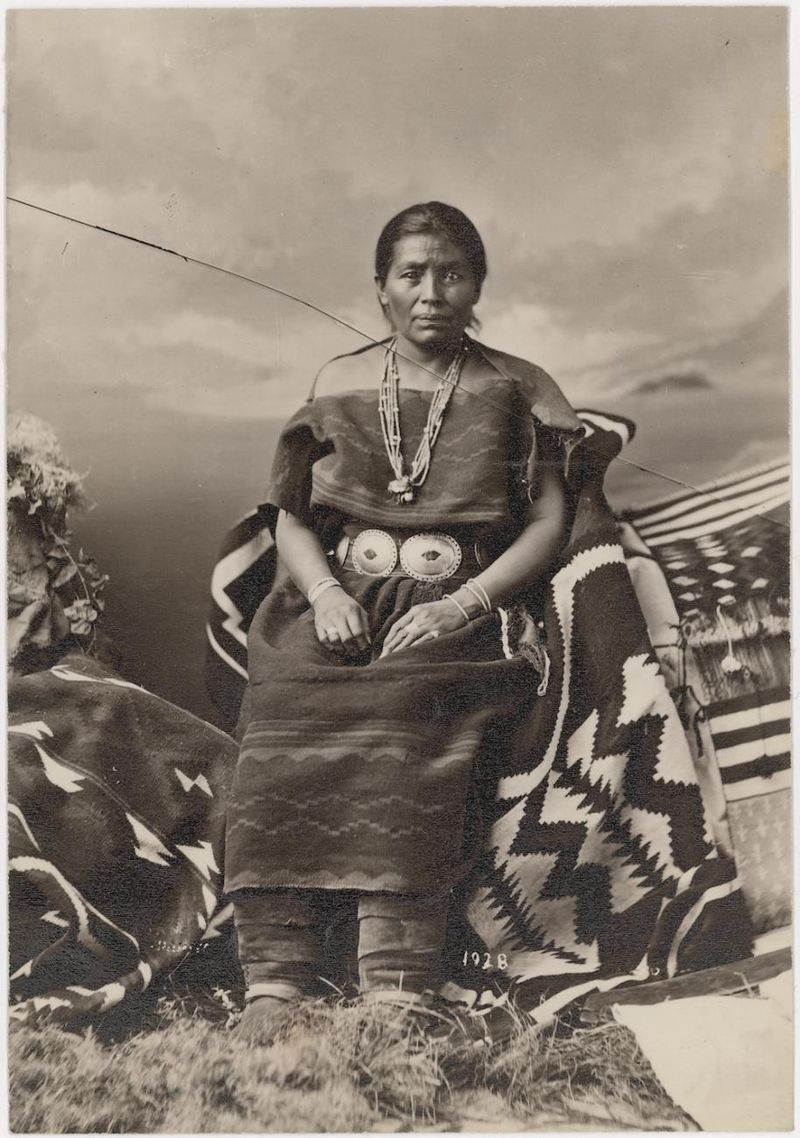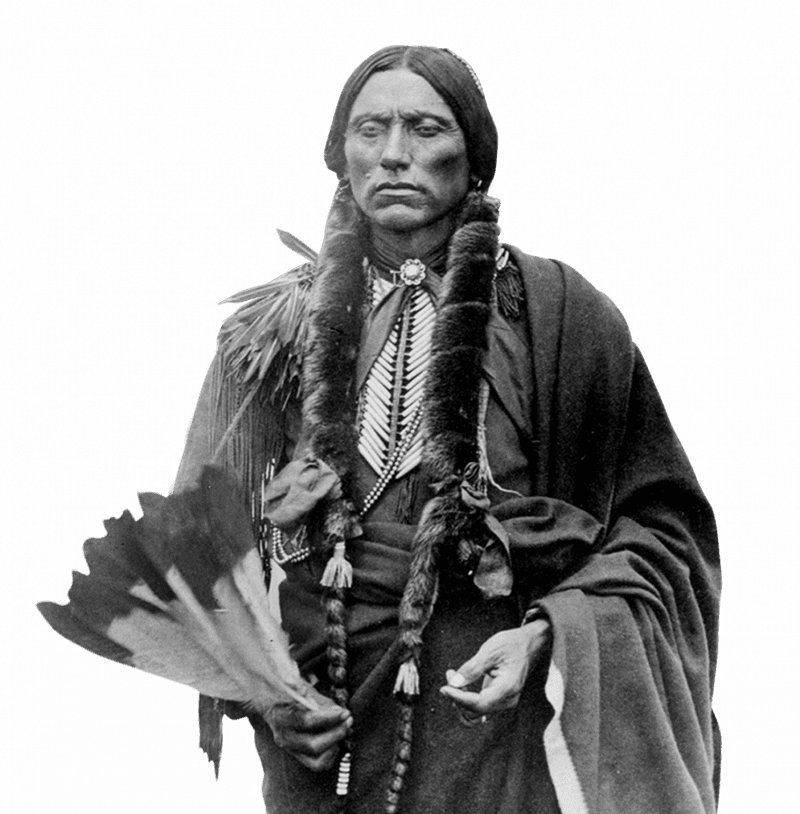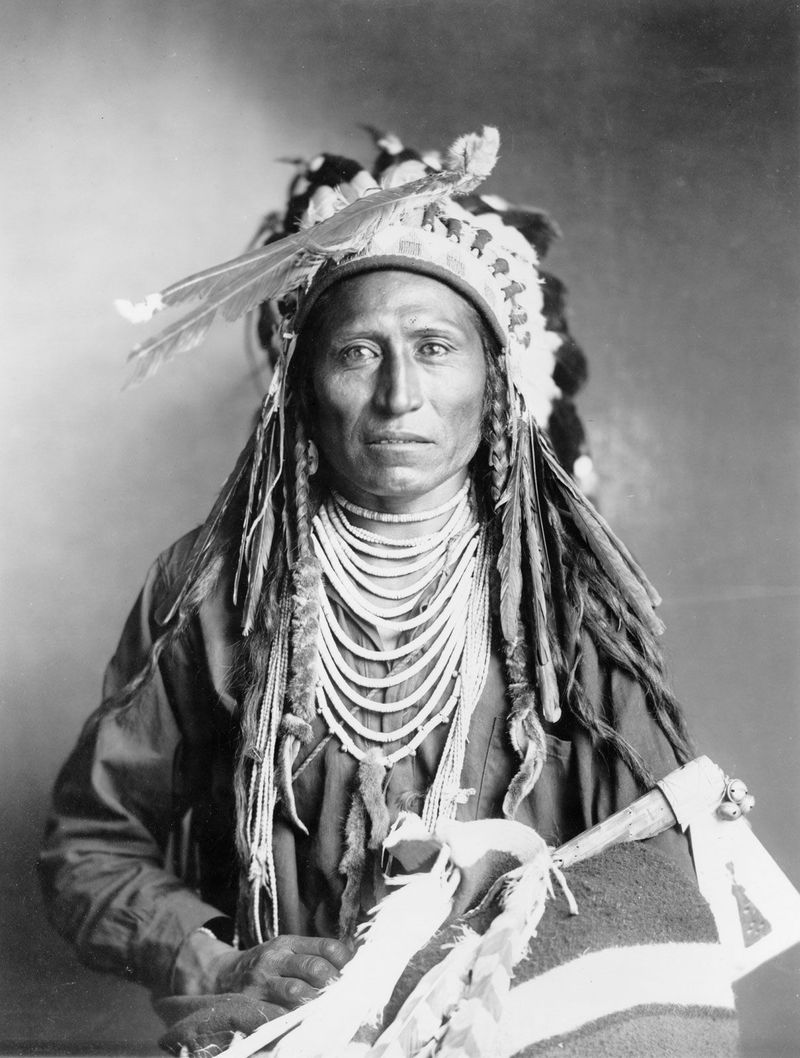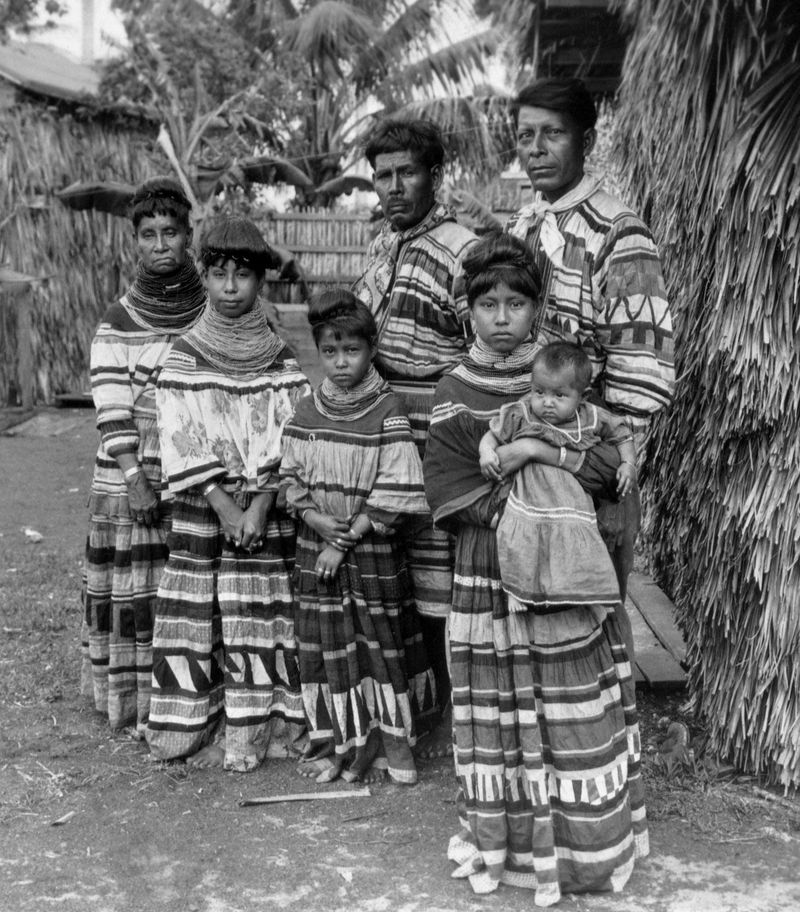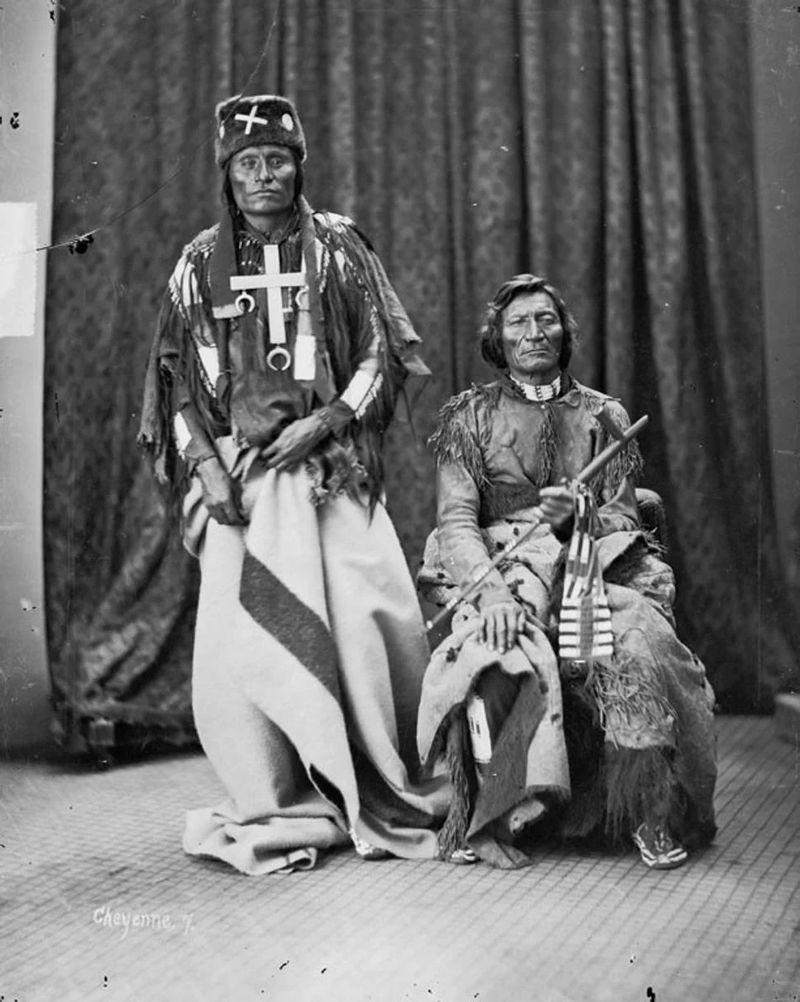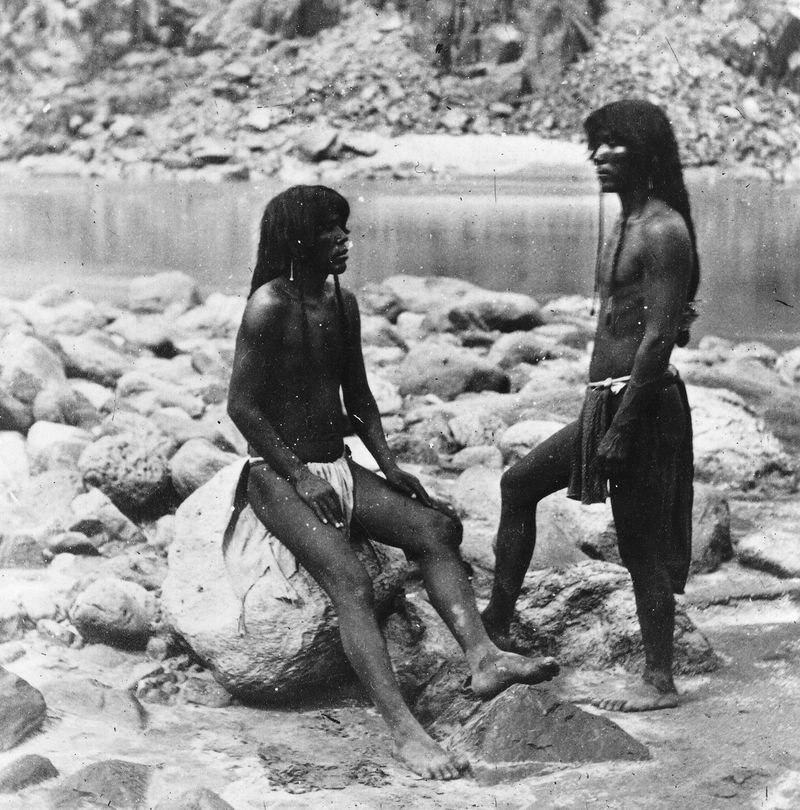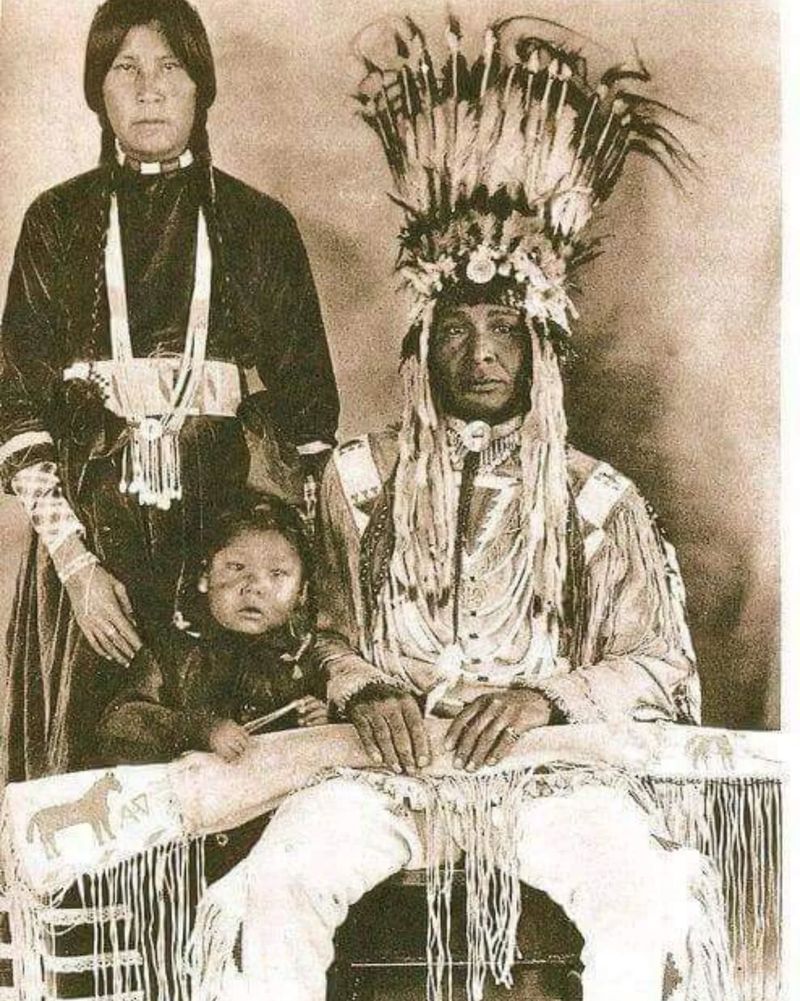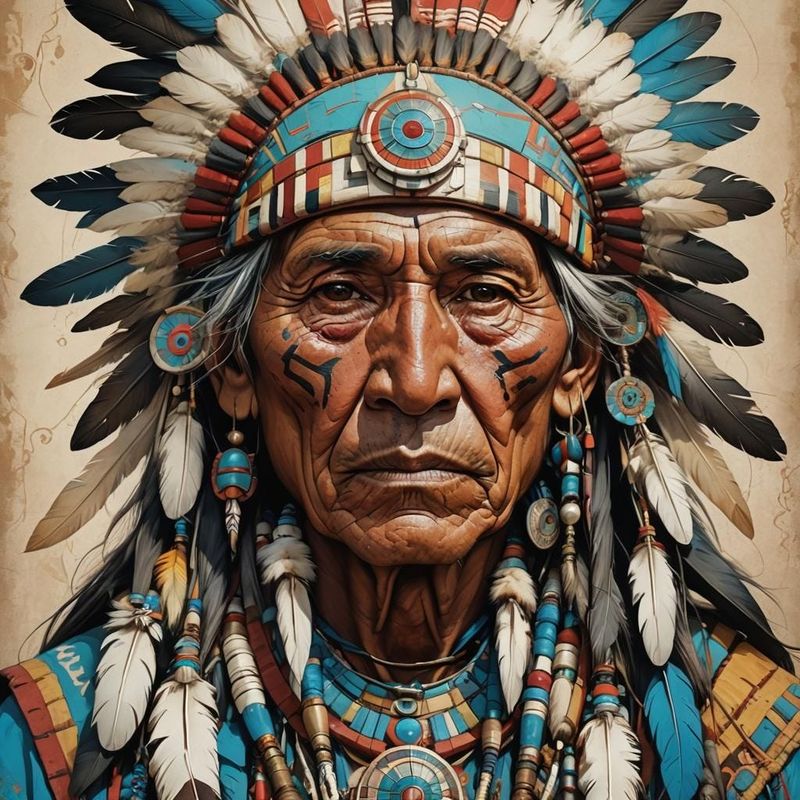Throughout history, various Native American tribes have demonstrated remarkable resilience, wisdom, and strength.
From building complex societies to resisting colonization, these tribes have profoundly shaped the American landscape.
In this post, we explore the 12 most powerful Native American tribes in history, each with their own unique culture and legacy.
1. Cherokee
The Cherokee tribe, originally inhabiting the Southeastern United States, was known for its sophisticated political system and thriving communities. Their resilience was evident during the infamous Trail of Tears, where they were forcibly relocated. Yet, they managed to rebuild and preserve their rich culture.
The Cherokee adopted many colonial customs while maintaining their traditions, a testament to their adaptability. Their language, culture, and societal structures continue to influence many to this day. Their ability to navigate political landscapes with the U.S. government showcased their strategic acumen.
Today, the Cherokee Nation is one of the largest and most influential tribes.
2. Apache
Famed for their fierce resistance to colonization, the Apache tribes were formidable warriors of the American Southwest. Known for their nomadic lifestyle, they navigated arid landscapes with ease, mastering survival skills in harsh conditions.
The Apache were divided into several groups, each with its own leadership and territory. Their ability to strategize guerrilla warfare made them a significant force against U.S. expansion. Leaders like Geronimo became symbols of resistance.
Today, the Apache continue to preserve their distinct culture and traditions, ensuring their legacy endures through generations.
3. Sioux (Lakota, Dakota, Nakota)
The Sioux, consisting of the Lakota, Dakota, and Nakota, are one of the largest and most storied tribes in North America. Known for their warrior culture, they played a crucial role in 19th-century conflicts such as the Battle of Little Bighorn.
Their society was deeply spiritual, with ceremonies centered around the buffalo, which were vital to their way of life. The Sioux’s resistance to U.S. policies symbolized a broader struggle for Native American rights.
Today, Sioux communities strive to revitalize their traditions and languages, maintaining an enduring cultural presence.
4. Iroquois Confederacy (Haudenosaunee)
The Iroquois Confederacy, or Haudenosaunee, was a powerful alliance of six nations in the Northeastern U.S. and Canada. Known for their sophisticated political system, they influenced the U.S. Constitution’s development.
Their society was matrilineal, with women playing significant roles in governance. The Great Law of Peace, their guiding constitution, emphasized unity and democracy.
Today, the Iroquois continue to be a symbol of political innovation and cultural strength, advocating for indigenous rights and environmental stewardship.
5. Navajo (Diné)
The Navajo, or Diné, are the largest federally recognized tribe in the U.S., known for their rich cultural heritage and artistry. Famous for their weaving and silverwork, they have maintained traditional practices amidst modern influences.
Their language played a crucial role during World War II, with Navajo Code Talkers providing an unbreakable code for U.S. military communications. This contribution remains a proud part of their legacy.
Today, the Navajo Nation continues to thrive, focusing on community development while preserving their unique traditions and language.
6. Comanche
The Comanche, known as the ‘Lords of the Plains,’ were renowned for their equestrian skills and dominance in the Southern Plains. Their mastery of horses made them formidable warriors and hunters.
They controlled vast territories and were instrumental in shaping the region’s history. Their adaptability to new technologies, such as firearms and horses, allowed them to maintain power.
Today, the Comanche community works to preserve their cultural heritage, emphasizing education and the revival of traditional practices.
7. Shoshone
The Shoshone people, spread across the western U.S., are known for their diverse cultures and adaptability to different environments, from deserts to mountains. They maintained a semi-nomadic lifestyle, relying on hunting and gathering.
Sacagawea, a Shoshone woman, played a crucial role in the Lewis and Clark Expedition, showcasing their diplomatic skills and knowledge of the land.
Today, the Shoshone are committed to preserving their languages and traditions, with efforts to educate younger generations about their rich heritage.
8. Seminole
The Seminole, primarily from Florida, are known for their resistance to U.S. colonization during the Seminole Wars. Their knowledge of the swampy terrain allowed them to effectively resist removal efforts.
They were a blend of various tribes and runaway slaves, creating a unique culture and community. Their resilience is epitomized by their survival during and after forced relocations.
Today, the Seminole Tribe of Florida is recognized for its economic ventures, including gaming, while preserving its cultural identity.
9. Cheyenne
The Cheyenne, originally from the Great Lakes region, became prominent on the Great Plains. They were known for their warrior culture and played a significant role in the Plains Indian Wars.
Their society was organized into warrior societies, with complex social structures and traditions. The Cheyenne were deeply spiritual, with ceremonies centered on the Sun Dance.
Today, the Cheyenne continue to honor their traditions and seek to revitalize their language and cultural practices for future generations.
10. Pueblo
The Pueblo people, known for their unique adobe dwellings, have inhabited the Southwestern U.S. for centuries. Their communities are among the oldest continuously inhabited settlements in North America.
They are renowned for their agricultural practices, artistry, and religious ceremonies. The Pueblo Revolt of 1680 was a successful resistance against Spanish colonizers.
Today, Pueblo communities continue to thrive, maintaining their traditions and cultural practices while contributing to the broader American fabric.
11. Blackfoot (Niitsitapi)
The Blackfoot, or Niitsitapi, are a group of tribes that historically roamed the Northwestern Plains. Known for their warrior culture and buffalo hunting, they maintained a strong society.
Their social structure was based on kinship and alliances. The Blackfoot were skilled traders, interacting with other tribes and Europeans.
Today, they work to preserve their language and cultural heritage, with initiatives aimed at revitalizing traditional practices and educating younger generations.
12. Hopi
The Hopi people, residing in Northeastern Arizona, are known for their deep spiritual beliefs and ceremonies. Their agriculture, especially dry farming, is highly developed, allowing them to thrive in arid lands.
The Hopi are renowned for their arts, particularly pottery and Kachina dolls, which hold cultural significance. Their peaceful resistance to colonization is a hallmark of their history.
Today, the Hopi continue to uphold their traditions, focusing on sustainable living and cultural education for future generations.
